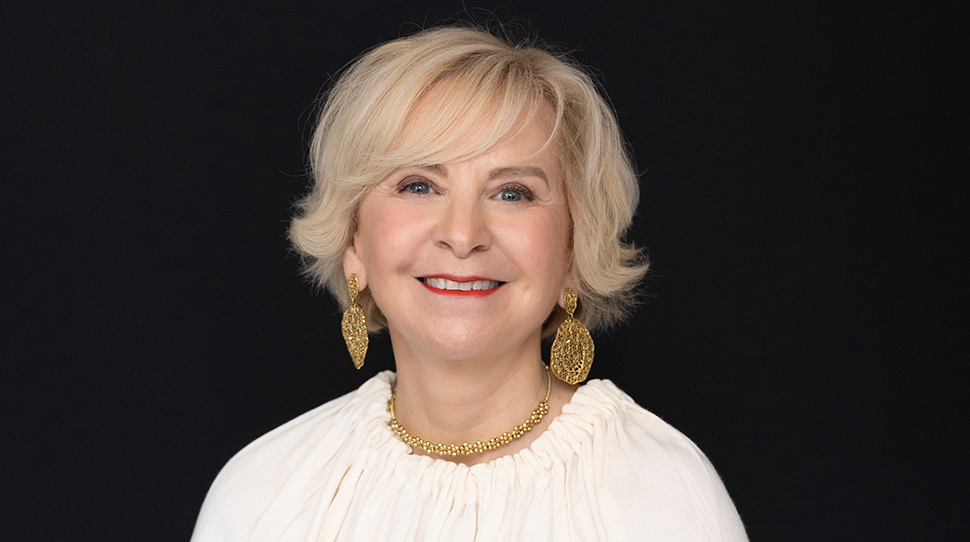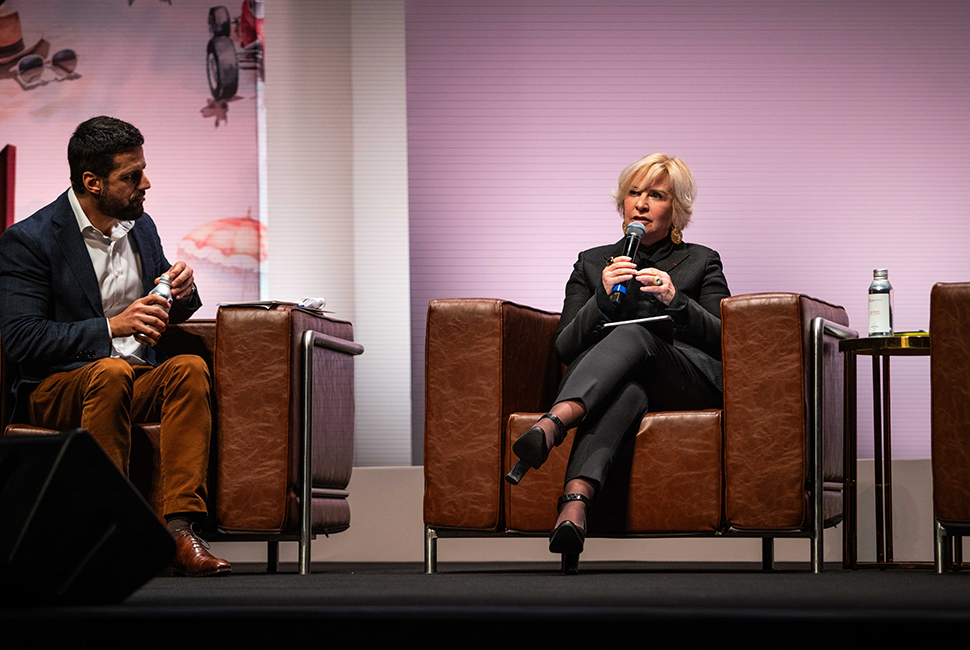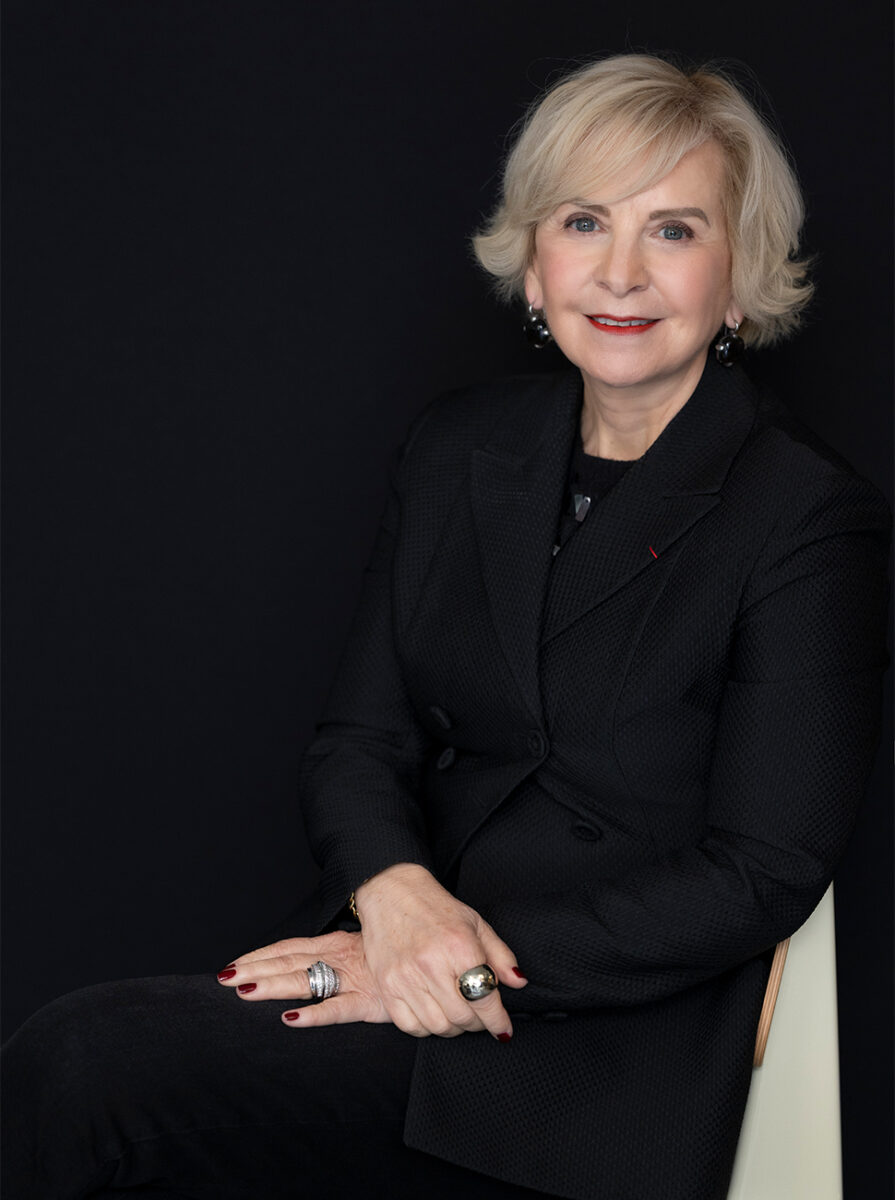

If there’s someone who knows luxury, it’s Bénédicte Épinay. She serves as president and CEO of Comité Colbert, an association founded in 1954 by Jean-Jacques Guerlain (of the renowned Guerlain perfume house) to promote French luxury.
Comité Colbert unites more than 100 of France’s most prestigious luxury companies spanning various sectors, including hospitality (Ritz Paris and Four Seasons Hotel George V, Paris), gastronomy (Alain Ducasse and Anne-Sophie Pic), fashion (Balenciaga and Chanel) and even cultural institutions (Opéra National de Paris and Palace of Versailles).
We caught up with Épinay after she spoke at Forbes Travel Guide’s recent Monaco Summit to learn more about the latest trends and what’s next for French luxury.

What makes French luxury different from the rest?
Luxury is, above all, a French affair, since it originates from a political decision made under Louis XIV in the 17th century to establish royal manufactories for crystal, furniture and tapestries, and to grant royal charters in other fields, such as silk and jewelry. His minister of the economy Jean-Baptiste Colbert saw this as a means to enrich the kingdom by specializing it in products of the highest quality — of which the Palace of Versailles, an architectural marvel, became its greatest ambassador.
During the same era, the academies of fine arts, music and architecture were founded. Colbert believed that a strong economy requires a strong culture. In the wake of these reforms, the École des Beaux-Arts was established in Paris. Today, there are some 50 Beaux Arts schools in France, as well as 40 campuses of excellence dedicated to fashion, jewelry and design, which train an artistic elite and pass on the knowhow of this industry.
Comité Colbert champions the “art de vivre.” What defines this concept for you?
At the heart of our “art de vivre” lies gastronomy. It has been a powerful element of France’s soft power since the Middle Ages, beginning with the world’s first cookbook, The Viandier, published in 1486. Paris was also home to the world’s first restaurant. Yet France has always attracted talents from around the globe — in fashion, design and gastronomy alike. It is this blend of inspirations that makes France so unique and gives its art of living a truly universal character.

Comité Colbert represents some of the most renowned luxury brands in the world. How do you see the organization’s role evolving in a rapidly changing global landscape?
The role of Comité Colbert has changed very little since 1954, because the two challenges faced by its founders then remain the same today: attracting and training a new generation of artisans and promoting French luxury and art de vivre abroad. However, new issues have indeed arisen over the years. Chief among them is the protection of our maisons’ intellectual property — now crucial in the face of dupes and counterfeiting — as well as questions related to social and environmental responsibility.
In this context, Comité Colbert initiated the creation of a European association of national luxury associations in Germany, Great Britain, Italy, Spain, Portugal and Sweden. Together, we represent 750 European luxury brands and work in Brussels to promote, defend and protect this industry.
What are the key trends you’re observing in French luxury?
The major trend I’m observing right now is a return to the notion of “value for money,” which gives full meaning to the work of our maisons’ artisans — whether leatherworkers, couturiers or jewelers, but also chefs, bakers and gardeners. Consumers aren’t opposed to paying a high price for a luxury product or service, they just need to understand why. They also love having a behind-the-scenes visit. Today’s consumers are also increasingly seeking personalized experiences and products.
How will you ensure that the unique heritage and savoir-faire of French luxury brands remain relevant to a new generation of consumers?
Last year, in partnership with the consultant firm Sociovision, we conducted a study among affluent young people in France, China and United States to understand how they acquired their culture and love of luxury. The study very clearly showed that, for 50% of young French, 61% of young Americans and 56% of young Chinese, not only does their taste for luxury come from their parents, but they especially appreciate what their parents passed on to them.

It’s a misconception that the new generation isn’t interested in heritage. As a result, 48% of those surveyed in France, 60% in the United States and 77% in China say they buy the same brands as their parents, though not necessarily the same models. On average, 76% of respondents say that luxury is part of their daily lives. Another interesting point: two years ago, we launched the #savoirfaire hashtag on TikTok to share videos of our maisons’ artisans. Within a few months, it surpassed 800 million views, once again demonstrating this new generation’s strong interest in heritage and savoir-faire.
At our Summit, you said, “French luxury is the oldest industry with a future.” What is the future of French luxury?
This sentence referred to the fact that people often set luxury and modernity against each other. My answer is that, yes, we do have one foot in the past — many of our brands have a long history — but it is precisely because they have remained modern by embracing innovation that they continue to thrive.
The future of French luxury lies in maintaining the tension between preserving a maison’s original spirit and DNA while infusing it with the necessary modernity. People no longer travel as they did 20 or 30 years ago, nor do they dine as they once did. What endures, however, is the permanence of luxurious décor and tableware, attentive service and high-quality materials and ingredients. Are clients drinking less wine? Let’s offer them appealing alternatives. Are dietary restrictions on the rise? Let’s turn that challenge into a source of inspiration.
What is your philosophy of service and luxury?
This is a very personal question that in no way commits Comité Colbert or our maisons. For me, the best service a luxury brand can offer is to have the product or service I came looking for. Availability is key.
What is one aspect of French luxury that you find most inspiring?
What impresses me about French luxury is precisely its ability to seize the spirit of the times to remain relevant for so many years. Half of the Comité Colbert’s member companies were founded in the early 19th century, which means they have survived wars, economic crises, the advent of the train, electricity, the automobile, the airplane, the internet — and much more. Do you know any other sector with such resilience?
